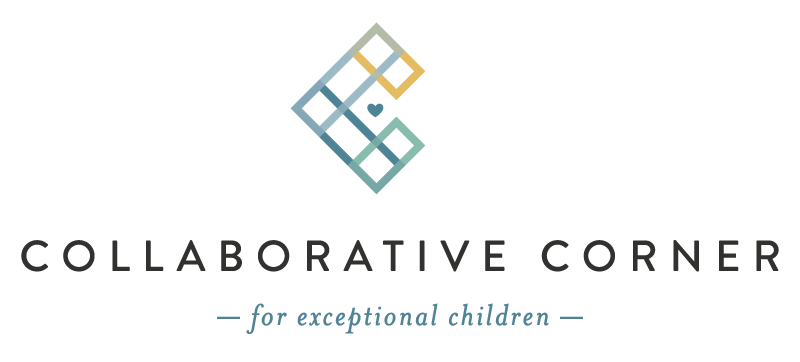Guest Blog: October is AAC Awareness Month
October is International Augmentative and Alternative Communication (AAC) Month!
• Does your child appear to understand more than they’re able to communicate?
• Does it seem that they know exactly what they want to say but can’t quite get the words out?
If so, they may benefit from the use of AAC.
What is AAC?
Augmentative and Alternative Communication (frequently referred to as AAC) is a term that applies to all methods of communication other than verbally spoken words. It can be in addition to verbal language (augmentative) or as a replacement for verbal language (alternative). AAC includes written communication, sign language, picture communication, and speech generating devices.
Who would benefit?
Everyone can benefit from the use of AAC, even if it’s as simple as writing down a message in a noisy environment. In terms of our children with exceptional needs, signs to look for in a child who may benefit from use of AAC include:
Minimal/No verbal language
Speech that is very difficult to understand
Frustration that others can’t understand them
Types of AAC Devices
There are several options for AAC systems, and there is no “one size fits all”. When looking at AAC, you may frequently hear about systems in terms of the level of technology they employ
Low Tech/No Tech
As the name implies, a low tech system uses minimal technology. Low tech systems include ASL, written communication, and paper picture systems. These systems are often the first ones trialed. They can be as simple as a few pictures that your child can point to, or as complex as a binder filled with hundreds of pictures, organized systematically. Low tech systems typically do not have voice output options, so the communication partner must provide the “voice”. Low tech options are often easy and inexpensive to implement, and can be used as a backup to a high tech system.
High Tech
A high tech speech generating device is a vocabulary system that uses a computer or a tablet interface and has synthesized speech outputs. These systems offer a much larger vocabulary than a low tech system, as the displays are dynamic and can be customized to include vocabulary personalized to the child. For children with differing levels of motor abilities, high tech devices can also be accessed via use of switches, eye gaze, or head tracking.
When to Seek AAC Evaluation
If your child seems to be hitting a road block with verbal speech, or if they become easily frustrated with attempts at verbal communication it may be time to seek an AAC evaluation. An evaluation can be done by any speech therapist, but there are some SLPs who are more experienced with AAC than others. If you wish to begin the AAC assessment process and your child is currently receiving speech services, begin the conversation with your SLP to determine the most appropriate path for the evaluation. If your child is not receiving speech services, contact your pediatrician to get a referral for an evaluation. The process to get a high tech speech generating device consists of the initial evaluation, followed by a trial period of at least four weeks, so be patient.
Kathleen Elwell M.A., CCC-SLP
Pediatric Speech-Language Pathologist
Kathleen Elwell is a pediatric speech-language pathologist who works at AdventHealth Pediatric Rehab. She has extensive experience with the use of Augmentative and Alternative Communication throughout the lifespan. If you have questions regarding AAC, please reach out to her at kathleen.elwell@adventhealth.com.

